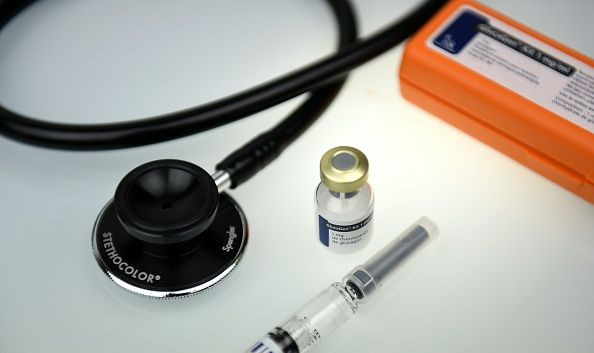This May Be The Best Diabetes Medicine Yet: MIT's Insulin Pill

Scientists have come up with a new technology that will dispense appropriate doses of insulin for diabetics minus the sting of injection. The new pill system will inject from the inside after being swallowed, thus sparing patients from any pain.
Developed by MIT researchers, the blueberry-sized pill is to be ingested. When the disk of sugar that makes up the capsule dissolves, a spring within releases a microneedle that it made of freeze-dried insulin. This is then injected into the stomach, which does not have enough pain receptors for the user to feel anything as all of this happens. Once injected, the needle simply breaks down and the stomach works as usual.
In a news release, the MIT scientists said that the mechanism is inspired by the leopard tortoise, found in Africa. This species is protected by a shell with a steep dome, which allows it to roll onto its back effortlessly. The pill has the ability to adapt to its environment once ingested so that it will only inject at the right location. At present, diabetics inject insulin under the skin of the thighs, buttocks, abdomen or upper arms. This is a painful and repetitive process, depending on the diagnosis and prescription.
The product is not yet available as of this writing, but so far, tests conducted on pigs have proven to be successful. One pill can reportedly deliver as much as 300 micrograms of insulin in one shot. Insulin is a crucial part of diabetic treatment because it can help prevent blood sugar levels from getting too low or too high. The MIT team is currently collaborating with Novo Nordisk for further study and product development to make it available in pharmacies at the soonest time. The group believes that it can be used to treat more than diabetes to include inflammatory bowel disease and rheumatoid arthritis.
The study was funded by the National Institutes of Health, National Science Foundation Graduate Research Fellowship, Brigham and Women’s Hospital, MIT Undergraduate Research Opportunities Program and Viking Olaf Bjork Research Scholarship.
© Copyright IBTimes 2024. All rights reserved.





















